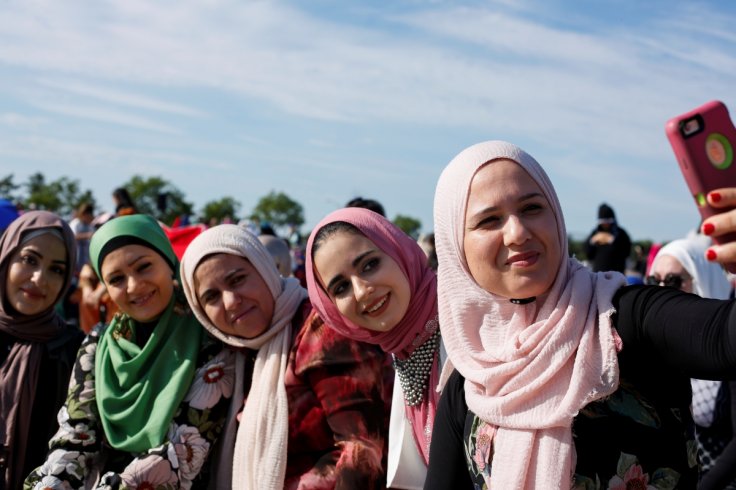To identify women not complying with the new hijab law, the Iranian government intends to use facial recognition technology. This is part of the regime's stringent crackdown on women's dress.
Mohammed Saleh Hashemi Golpayegani, the secretary of Iran's Headquarters for Promoting Virtue and Preventing Vice, said the government was planning to use surveillance technology against women in public places. This comes after President Ebrahim Raisi signed a decree on August 15.
Women Rebel Against Strict Dress Code
The new decree sparked protests across Iran. Women posted videos of themselves on social media with their heads uncovered on streets, on buses, and on trains – rebelling against the stricter law. Raisi described the backlash as an organized promotion of moral corruption in the Islamic society. The Iranian authorities responded with a spate of arrests, detentions, and forced confessions on national television. They stepped up moral policing patrols across the country to reinforce the strict dress code.
The hijab is a head covering worn by Muslim women. It became mandatory after the 1979 Iran revolution. But restrictions vary from one administration to the next depending on the political background of the president. The Iranian government under President Raisi's new regime came up with the restrictive guidance. Officials have given directives to refuse "badly veiled" women into government offices, banks and public transport.

Authorities arrested a 28-year-old Sepideh Rashno after a video circulated on social media of her being berated for improper dress by a fellow passenger. Hrana, a human rights group, claimed Rashno was beaten after the arrest and forced to apologise on television to the passenger who harassed her.
Iranian Government Turns to Technology
The Iranian government took to technology in 2015 – biometric identity cards. Researchers have expressed concerns that this could be used with facial recognition technology to identify people who violate the mandated dress code. Azadeh Akbari, a researcher at the University of Twente, says Iran combines violent old-fashioned forms of totalitarian control dressed up in new technologies. She said with public services being dependent on biometric ID, a large chunk of the Iranian population is in the national biometric data bank.
As such, the government has access to all faces, and know where people come from and can easily find them. Akbari highlighted that a person in a viral video can be identified in seconds. The expert believes that a small thing happening on the bus somewhere is not going to be forgotten. The government knows who the individuals are and will find them.
Many campaigns against the Iran government's restrictive policies are organized by political activists and dissidents outside of Iran. But as of late, young women in Iran have been posting selfies without hijab – reflecting defiance of increasing pressure from the government.









